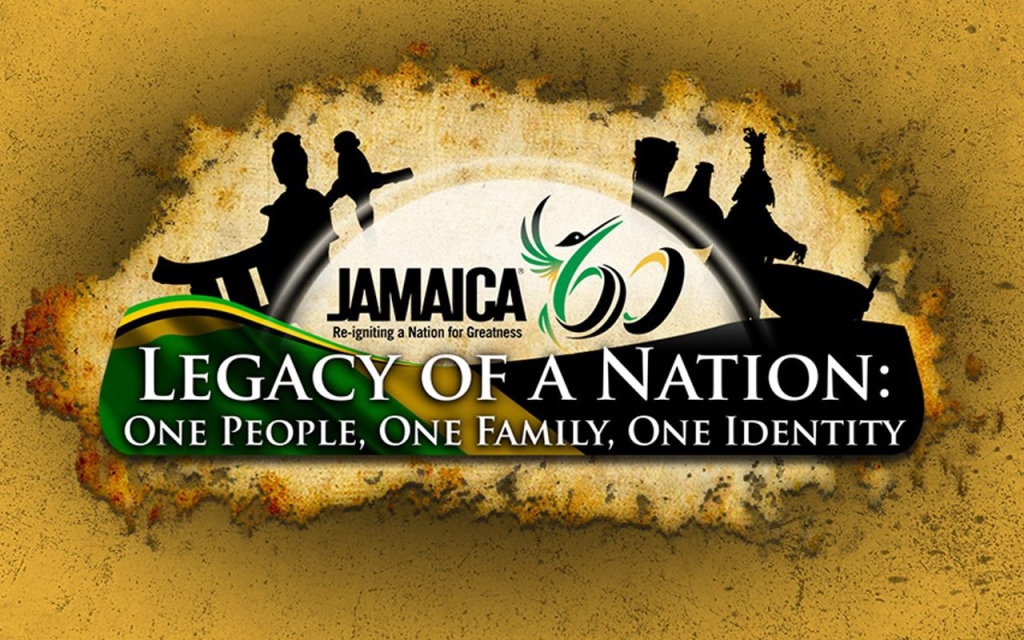As I was looking at destinations to escape the rain in Belgium, my friend called me and asked if I had ever been to Jamaica. Jamaica has never really been on my bucket list. I did not know anything about this island, besides that it was the home of rum, reggae, Bob Marley and Usain Bolt.

So, for those like me who don’t know anything about the island, a brief history of Jamaica
Jamaica is a sunny island in the West Indies. It is the third largest island in the Caribbean after Cuba and Hispaniola (the island of Haiti and Dominican Republic). The primary language in Jamaica is English followed by Jamaican Creole.

The first Jamaicans were the Taino Indians who settled in Jamaica around 600 AD. They were stone–age peoples who had migrated to Jamaica from the northern coast of South America. After living continuously in Jamaica for almost 900 years, the Tainos were wiped out within 50 years of the Spanish conquest in 1494, due to exploitation by the Spanish settlers, starvation and a lack of resistance to European diseases. Many Tainos fiercely resisted the Spanish occupation of their land and some even committed suicide rather than serve as slaves.
The Arawak language spoken by the Tainos survives in many words such as ‘hammock’, ‘hurricane’, ‘tobacco’, ‘barbeque’ and ‘canoe’. The word Jamaica actually derives from the Arawak word Xaymaca, meaning “Land of wood and water”.
The Spanish Period
Christopher Columbus was the first European to set foot on the island when he claimed it for Spain on May 3rd, 1494, during his second voyage to the New World. Jamaica was settled by the Spanish in 1510 and the indigenous Taino people were forced into slavery and eventually exterminated. In the early years of the 16th century the practice of importing slaves from West Africa to work in Jamaica began.
Jamaica’s first town was built by the Spanish in Saint Ann’s Bay and was called Sevilla Nueva. In 1538 the Spanish moved the capital of Jamaica to Spanish Town. Jamaica was, however, never heavily populated by the Spanish, for they found no gold on the island. Instead, plantations were established to supply food for the Spanish ships that sailed between Europe and the Americas. Spain remained in control of Jamaica for more than 150 years and the legacy of this period can still be seen in the historic buildings of Spanish Town and in the many Spanish names assigned to Jamaican rivers, mountains and towns.
The British Period and the Pirates of the Caribbean
In 1655 British naval forces captured Jamaica from the Spanish. The British went on to retain control of Jamaica for over 300 years. The British took advantage of Jamaica’s strategic location in the centre of the Caribbean to challenge the Spanish dominance of the region and to disrupt their lucrative trade in gold and silver. While many of the first English settlers in Jamaica were land owners, others were pirates who operated with the consent of the British. Buccaneers like Sir Henry Morgan joined with mercenaries and adventurers to attack the Spanish galleons that carried gold and silver from Central and South America to Spain. Their headquarters at Port Royal soon became rich with stolen Spanish gold and was known in the seventeenth century as the “wickedest city in the world”.
In 1962, Jamaica became independent. Now Jamaica is very multicultural. Asians, including East Indians, are the second largest group of Jamaicans after African descendants. There are many white Jamaicans whose families were English settlers. For all these reasons the Jamaican motto is “Out of Many, One People”.



